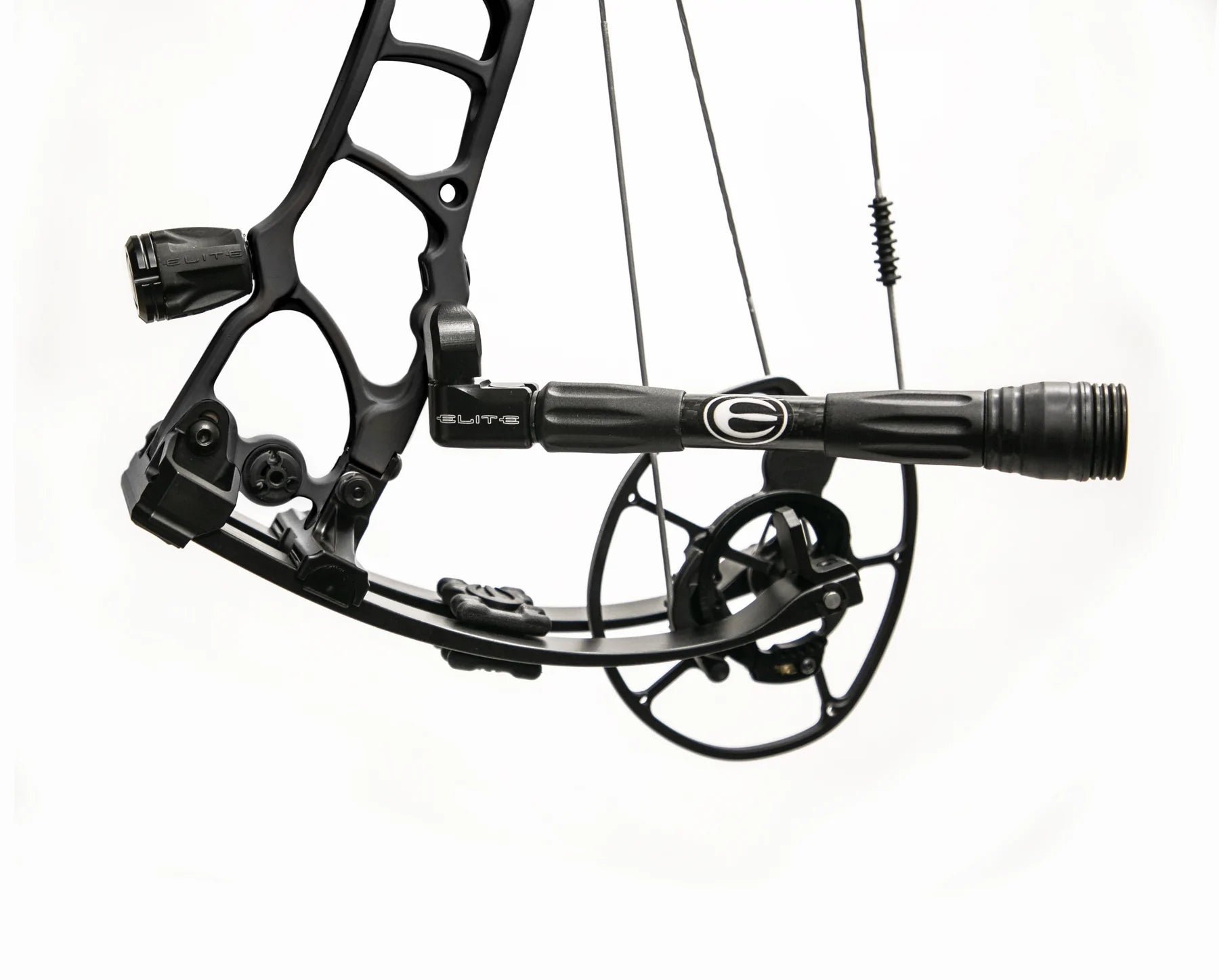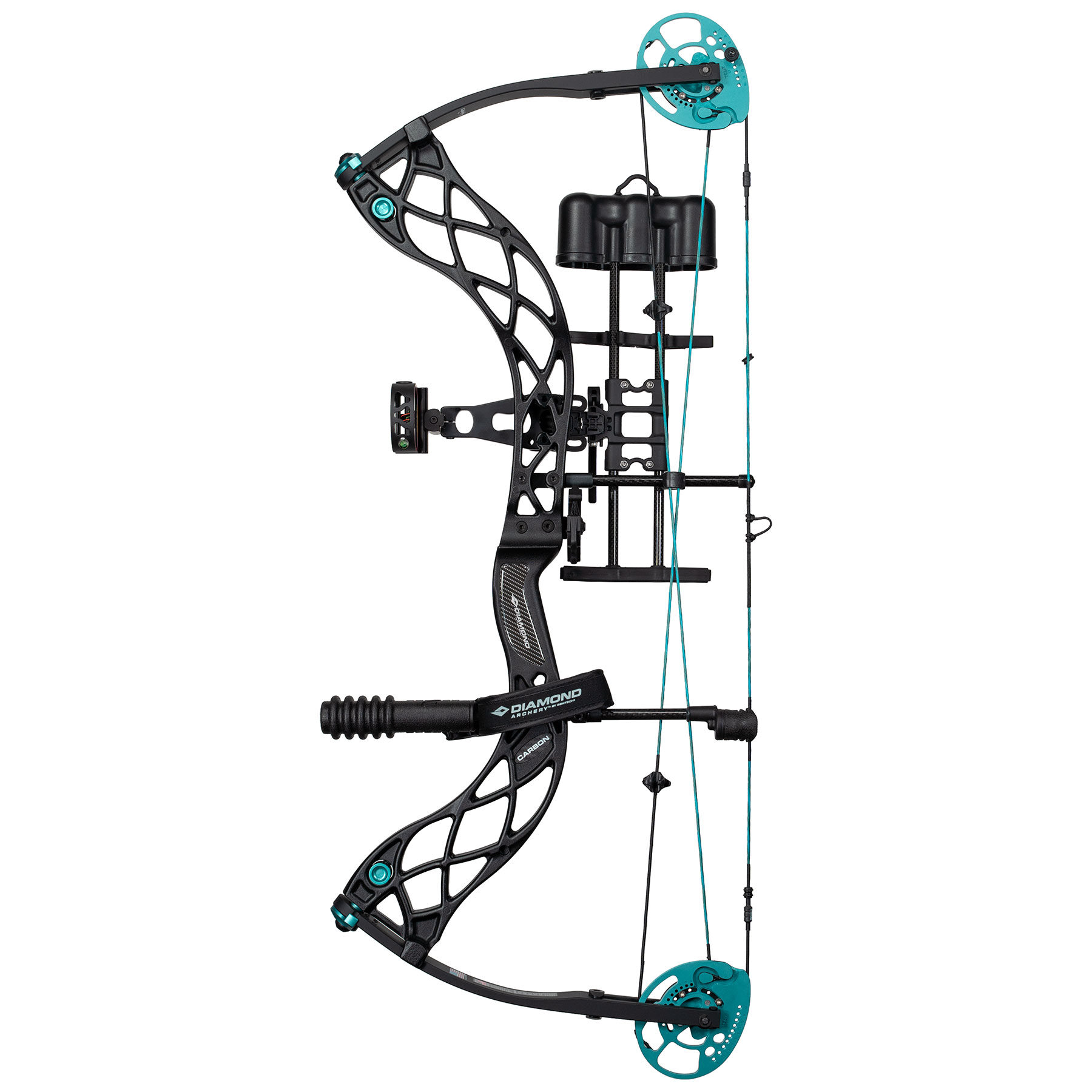Just how to Select the Right Bow Stabilizer: Expert Tips and Advice
Just how to Select the Right Bow Stabilizer: Expert Tips and Advice
Blog Article
Optimize Your Archery Precision With These Bow Stabilizer Methods
One critical component that can substantially influence your performance is the proper usage of bow stabilizers. Whether you are a seasoned archer looking to refine your abilities or a beginner eager to boost your precision, mastering these bow stabilizer strategies can be the key to hitting your mark with unmatched uniformity.
Advantages of Making Use Of Bow Stabilizers
Using bow stabilizers can significantly enhance an archer's accuracy and total efficiency by reducing bow torque and vibration. Furthermore, bow stabilizers wet vibration, which not only boosts the convenience of shooting however also prevents the bow from jumping upon release, hence aiding in maintaining correct aim.
In addition, bow stabilizers can help in holding the bow steady, specifically during windy problems or when firing from longer distances. The added weight at the front of the bow gives security and equilibrium, enabling the archer to concentrate on intending without the diversion of bow activity. Overall, the benefits of using bow stabilizers expand past simply precision, enhancing the archer's experience and performance in numerous shooting situations.
Selecting the Right Bow Stabilizer
Selecting the ideal bow stabilizer is crucial for maximizing your archery devices and improving shooting efficiency. Larger stabilizers can assist decrease bow torque and absorb even more vibration, leading to a steadier objective.

Finally, consider the design of the stabilizer. Some stabilizers include adjustable weights or dampeners that permit you to customize the balance and feel of your bow. Inevitably, choosing the appropriate bow stabilizer involves discovering an equilibrium in between weight, length, material, and design to enhance your capturing accuracy and total performance.
Proper Installation Techniques
To make sure ideal performance and safety in archery, understanding proper setup methods for your bow stabilizer is necessary. The primary step in mounting a bow stabilizer is to identify the appropriate placement on your bow. Many stabilizers are connected to the front of the riser, below the hold, to aid counterbalance the weight of devices such as quivers and views. Make certain that the stabilizer is not conflicting with other parts or hindering your shooting form.
Next, firmly connect the stabilizer to the bow using the ideal mounting equipment. Some stabilizers come with adjustable weights that can be added or eliminated to fine-tune the equilibrium of your bow.

Changing Stabilizer Weight and Length
After ensuring the proper installation of your bow stabilizer, the next step involves adjusting the weight and length to maximize its efficiency in boosting archery accuracy. The weight of the stabilizer plays a vital role in minimizing bow activity during the shot cycle. Adding weight to the stabilizer can help enhance and wet resonances stability, bring about even more accurate and constant shots. On the other hand, minimizing the weight can raise ability to blog move, which is valuable for situations requiring fast target purchase.
When it comes to stabilizer length, discovering the best equilibrium is essential. A longer stabilizer can provide better stability by enhancing the distance in between the bow and the weight at the end of the stabilizer. This included range enhances the maintaining result, specifically in gusty conditions or when contending longer distances. Alternatively, a shorter stabilizer provides more maneuverability and might be favored by archers that value dexterity and fast activities throughout capturing.
Advanced Stabilizer Tuning Tips
Accomplishing optimum bow security and precision in archery demands a nuanced technique to advanced stabilizer tuning. Advanced stabilizer tuning entails fine-tuning different components to enhance the bow's balance, reduce resonance, and improve total precision. One home vital technique is to try out different stabilizer configurations, including back-bar and side-bar configurations, to discover the ideal equilibrium between stability and ability to move for your shooting style. bow stabilizer. In addition, readjusting the angle and positioning of the stabilizer can have a substantial influence on exactly how the bow responds upon release.
One more essential aspect of sophisticated stabilizer adjusting is maximizing the damping buildings of the stabilizer system. Discovering various products for the stabilizer construction, such as carbon fiber or light weight aluminum, can likewise affect the bow's performance by changing its weight distribution and rigidity.
Final Thought
In final thought, making the most of archery precision can be attained through the proper choice, setup, and change of bow stabilizers. By understanding the advantages of using stabilizers, choosing the right one, and adjust its weight and size, archers can boost their capturing accuracy. Utilizing sophisticated tuning strategies can even more boost stability and uniformity in arrow flight. On the whole, incorporating bow stabilizers right into archery practice can cause better efficiency and boosted accuracy.
Using bow stabilizers can dramatically enhance an archer's precision and overall performance by lessening bow torque and vibration. Longer stabilizers offer higher stability and equilibrium, specifically for long-distance capturing, while shorter stabilizers provide even more versatility and are site web easier to maneuver in tight areas (bow stabilizer). Carbon fiber stabilizers are lightweight and resilient, while aluminum stabilizers are durable and give excellent resonance moistening
A longer stabilizer can supply greater stability by raising the range in between the bow and the weight at the end of the stabilizer.One more crucial facet of innovative stabilizer adjusting is optimizing the damping residential or commercial properties of the stabilizer system.
Report this page